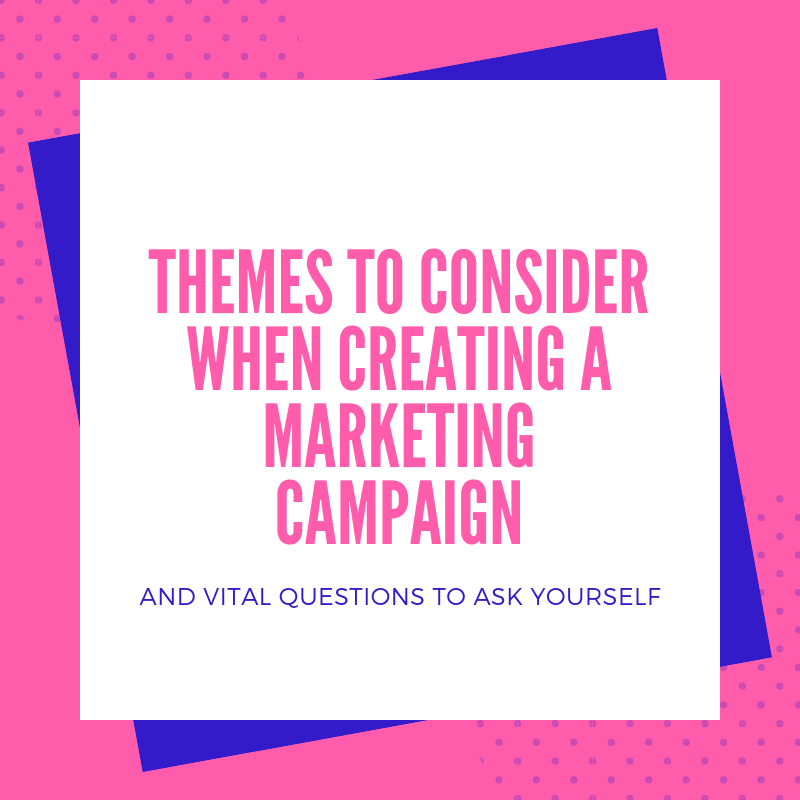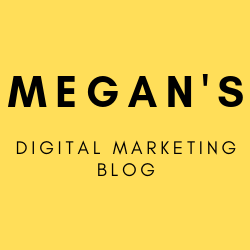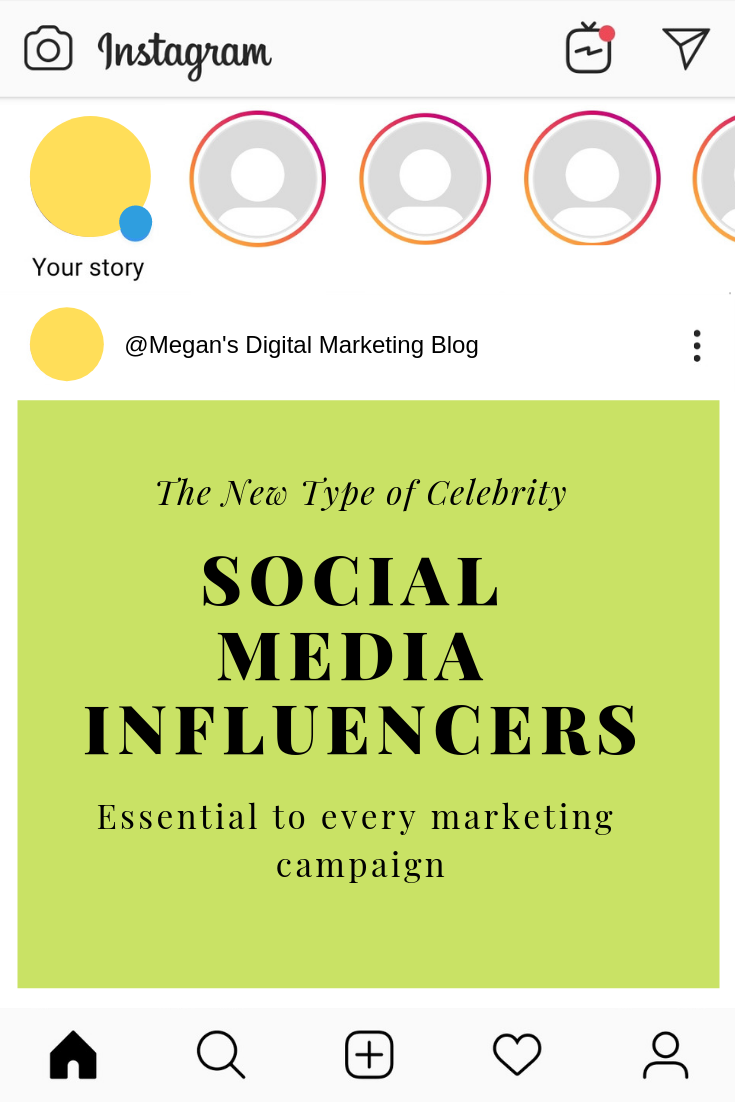An interview with Julia Ogden from Zazzle Media, a marketing firm based in Peterborough, revealed the top 3 themes that you should consider when creating a marketing campaign as well as another 6 vital questions that you should be asking.

News and seasonal ideas
Keeping up with current topics in the news or even the season in which your marketing campaign is going to take place will never fail to attract audiences. For example, around Christmas time consumers are willing to spend a lot more money during the months leading up to Christmas. A marketing campaign during christmas may include christmas characters and objects, anything that allows the customer to link the product with christmas. For example, a business may want to advertise gift vouchers – the strapline for the campaign could be ‘a perfect gift for your loved ones’, this line is encouraging customers to buy store credit, therefore attracting more customers into the store in the future.
Unique data
Customer insights can help highlight what a campaign should focus on. An example of a successful campaign using customer insights is Spotify’s ‘2018 Goals’ campaign. The company created this campaign in 2017 and it created goals based upon habits their listeners had in the year of 2017. In the sample below, the goal is ‘Be as loving as the person who put 48 Ed Sheeran songs on their ‘I Love Gingers’ playlist’. Then the customer insight is ‘Shape of You, was the most streamed song. Ever’. This information is telling the customer how popular spotify is but also showing off features it has such as building your own playlist.

Human Interest Stories
Human Interest stories create a lot of views and can be very popular with audiences. Creating a campaign based on a human interest story can be eye opening for the audience whilst also raising awareness of something. For example, a campaign to reduce drink driving may focus on facts and figures as well as an interview with a police officer as well as a victim, this would create emotion for the audience.
6 questions to ask yourself whilst creating a campaign
- Is there a hook?
- Is it unique?
- Does it provoke an emotional response
- Does it tell a story
- Which personalities does it target
- Do you believe in the idea


